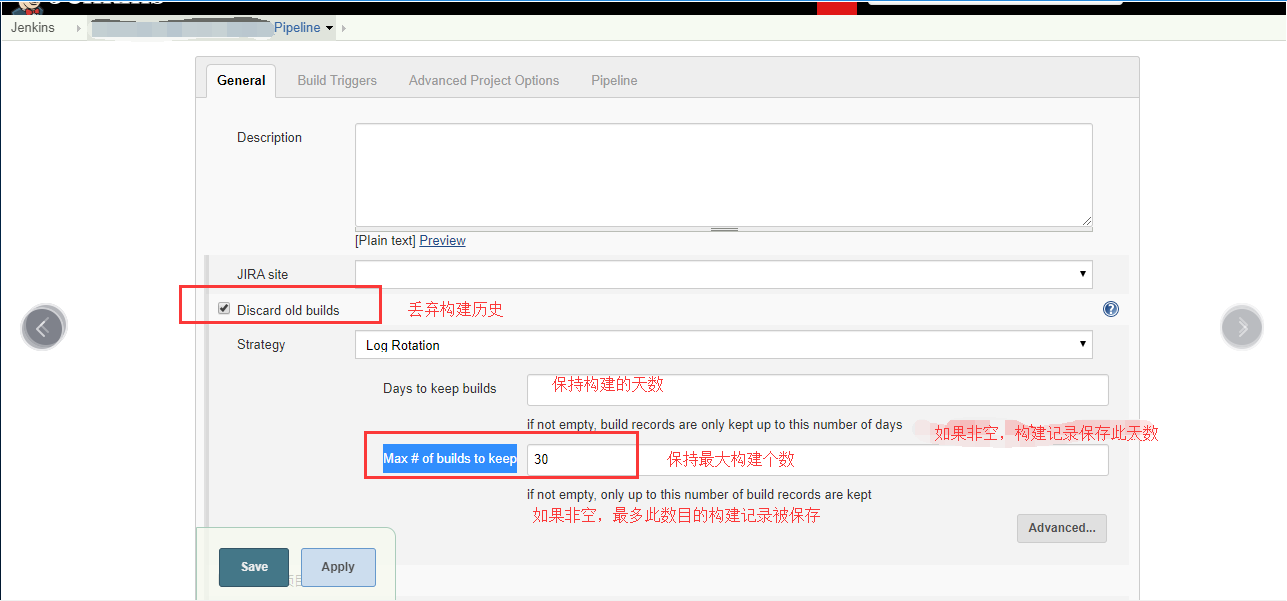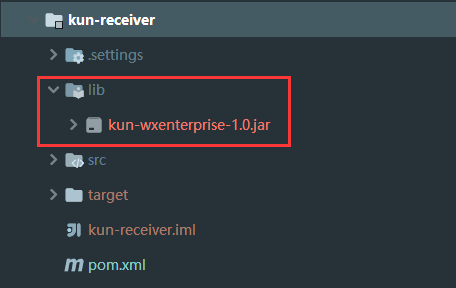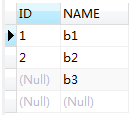1004 Counting Leaves(树,层次遍历)
1004 Counting Leaves
0、题目
A family hierarchy is usually presented by a pedigree tree. Your job is to count those family members who have no child.
Input Specification:
Each input file contains one test case. Each case starts with a line containing 0<N<100, the number of nodes in a tree, and M (<N), the number of non-leaf nodes. Then M lines follow, each in the format:
ID K ID[1] ID[2] ... ID[K]
where ID is a two-digit number representing a given non-leaf node, K is the number of its children, followed by a sequence of two-digit ID’s of its children. For the sake of simplicity, let us fix the root ID to be 01.
The input ends with N being 0. That case must NOT be processed.
Output Specification:
For each test case, you are supposed to count those family members who have no child for every seniority level starting from the root. The numbers must be printed in a line, separated by a space, and there must be no extra space at the end of each line.
The sample case represents a tree with only 2 nodes, where 01 is the root and 02 is its only child. Hence on the root 01 level, there is 0 leaf node; and on the next level, there is 1 leaf node. Then we should output 0 1 in a line.
Sample Input:
2 101 1 02
Sample Output:
0 1
1、大致题意
输出每层叶节点的数目
2、基本思路
定义结点的结构体Node,采用STL模板的queue来进行层序遍历,遍历过程中将孩子结点的层数+1,leaves数组用来存储每层叶节点的数目
3、AC代码
#include<cstdio>#include<queue>#include<vector>using namespace std;const int maxn = 110;typedef struct {int layer;vector<int> child;} Node;int leaves[maxn], maxLayer = -1;Node node[maxn];void levelOrder(int st) {queue<int> q;q.push(st);node[st].layer = 1;while(!q.empty()) {int now = q.front();q.pop();if(node[now].child.empty()) {leaves[node[now].layer]++; //这一层的叶结点数目+1if(node[now].layer > maxLayer) {//最大层的节点一定为叶结点maxLayer = node[now].layer;}}for(int i = 0; i < node[now].child.size(); i++) {q.push(node[now].child[i]);node[node[now].child[i]].layer = node[now].layer + 1; //孩子结点的层数+1}}}int main(int argc, char** argv) {int N, M;scanf("%d %d", &N, &M);for(int i = 0; i < M; i++) {int father, K, tempChild;scanf("%d %d", &father, &K);for(int j = 0; j < K; j++) {scanf("%d", &tempChild);node[father].child.push_back(tempChild);}}levelOrder(1);for(int i = 1; i <= maxLayer; i++) {if(i != 1) printf(" ");printf("%d", leaves[i]);}return 0;}



































还没有评论,来说两句吧...